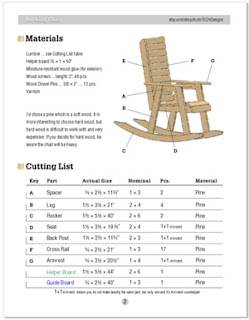Craft Your Dream Oasis: Custom 16x20 Pergola Plans
Dreaming of a stunning outdoor space that seamlessly blends relaxation and functionality? A custom-built 16x20 pergola offers the perfect canvas for your vision. This comprehensive guide provides detailed plans, empowering you to design and construct a versatile structure perfectly suited to your lifestyle and landscape. Forget generic designs; let's build something truly unique!
Designing Your 16x20 Pergola: Size & Style
The 16x20 footprint provides ample space for various configurations. Consider the primary function of your pergola. Will it primarily shelter a dining area, a lounging space, or perhaps a combination? This decision significantly impacts the design. For a dining area, you might prioritize a solid roof for shade and protection from the elements. A lounging area might benefit from a more open design, allowing sunlight to filter through. Think about the architectural style of your home. A modern home might pair perfectly with clean lines and minimalist pergola design, while a traditional home could complement a more ornate style. Explore options like:
- Attached Pergola: Integrated directly into your home's structure, providing seamless indoor-outdoor flow.
- Freestanding Pergola: Offers more flexibility in placement and allows for a truly independent structure within your backyard.
- Gable Roof: Classic and elegant, providing excellent water runoff.
- Flat Roof: Modern and sleek, perfect for minimalist designs.
- Hip Roof: Provides comprehensive weather protection and a distinctive aesthetic.
Sketch multiple designs, noting dimensions and key features. Consider incorporating design elements like built-in seating, lighting, or even a climbing plant trellis to further enhance the space.
Material Selection: Building a Lasting Structure
The longevity and aesthetic appeal of your pergola heavily depend on the materials you choose. Pressure-treated lumber offers durability and affordability, resisting rot and insect damage. For a more upscale look, consider cedar or redwood, known for their natural beauty and resistance to weathering. Aluminum or steel offer modern alternatives, providing low maintenance and exceptional strength. Before finalizing your choice, research the pros and cons of each material, considering your budget and local climate.
Choosing Your Posts: Foundation of Your Design
The pergola's posts form its structural backbone. Ensure you select appropriately sized posts for stability and load-bearing capacity. Properly setting your posts in concrete footings is critical for longevity. Consider using 6x6 posts or larger, depending on the roof design and expected snow load. Accurate measurements are key – even minor discrepancies can compromise the structural integrity of your pergola.
Construction: A Step-by-Step Guide
Once the design and materials are finalized, meticulously follow these steps:
- Prepare the Site: Clear the area, level the ground, and mark the post locations precisely.
- Set the Posts: Dig holes for the footings, ensuring they're deep enough for stability, and securely set the posts in concrete.
- Install Beams and Rafters: Attach the beams to the posts, ensuring they are level and plumb. Then, install the rafters, maintaining consistent spacing.
- Add the Roof Covering: Choose from various options including solid roofing materials, lattice, or even retractable awnings depending on your design.
- Finishing Touches: Add any additional features such as lighting, built-in seating, or climbing plants.
Remember, safety is paramount. Wear appropriate safety gear, use sturdy tools, and follow all building codes. Consult a professional if you encounter any difficulties. A well-built 16x20 pergola will transform your outdoor space into an inviting sanctuary for years to come.






